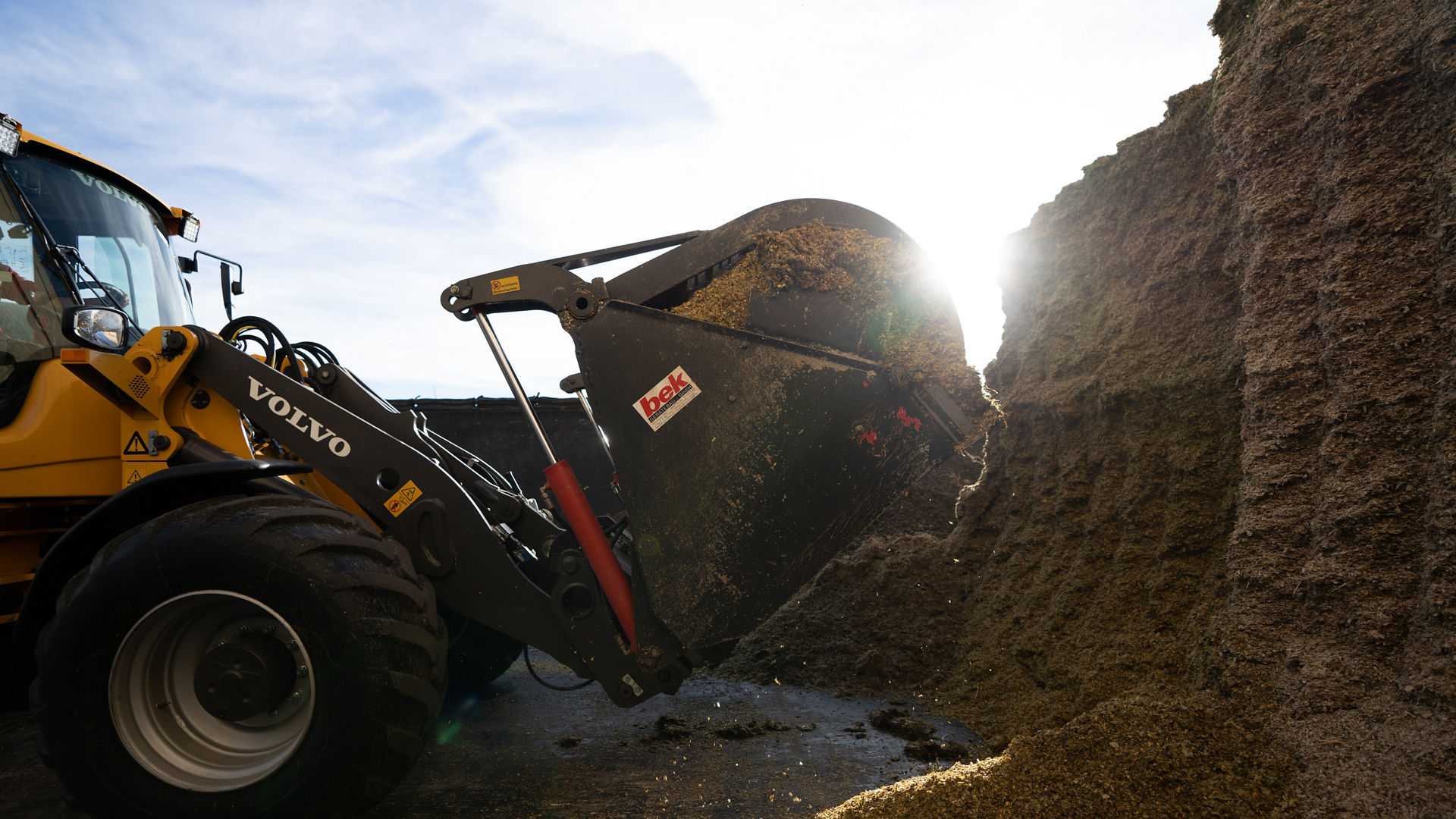Modern agriculture needs resilient solutions that counteract the challenges posed by organic acids. Sikaflex® sealants play a significant role in the agricultural sector due to their exceptional resistance against organic acids. They not only keep liquids with these acids safe, but they also prevent contamination of surface and groundwater. Moreover, they support the efficient production of carbon-neutral biogas, aligning with the global efforts towards sustainability.
Sikaflex® sealants are vital in farming because they can fight against organic acids. It is important to keep liquids with these acids contained well. This stops the acids from hurting the environment and aids in making clean biogas.
1. Ground and Surface Water Protection in Agriculture
Water is one of the most valuable natural resources. Therefore, protecting groundwater from pollution is vital for our health, the environment, and agriculture. Agriculture itself is often a source of groundwater pollution from excessive fertilizers, pesticides, or intensive livestock farming.
2. Tank and Silo Sealing
Liquid manure from livestock or silage leachate from feed silos contains high concentrations of organic acids and needs to be contained. Agricultural infrastructure is often made of precast concrete elements. Between the concrete panels, there are joints where leakage usually occurs. These joints need to be sealed with a sealant that resists organic acids.
Segmented steel tanks are used for the storage of liquids, treating effluent from industry and mining, and for processing organic waste like sewer or liquid manure, as well as in biogas tanks and digesters.
These tanks are built into segments that are bolted together. The segments must be sealed in the overlapping areas to the base plate to be tight. Sika has been supplying all major manufacturers of segmented steel tanks globally with sealant solutions for decades. As a market leader, we build on this expertise to develop solutions that are more reliable and durable, enabling better processing conditions in the tanks.
Sikaflex®-403 Tank & Silo is a one-part, moisture curing, polyurethane-based elastic sealant. The sealant is the next-generation solution for sealing in tank and silo applications. It shows enhanced stability in liquids containing high concentrations of organic acids such as lactic, butyric, and acetic acids formed during fermentation processes and uric acids found in excrement.
Globally there are big efforts to produce carbon-neutral fuels. Old, efficient, and proven technology is the production of biogas from organic waste, widely available as agricultural effluent, sewer, garden, and food waste.
Depending on the feed and control of the anaerobic digestion in the tank, this can be done mesophilic at temperatures around 37°C or thermophile around 57°C. Sikaflex®-403 Tank & Silo can resist high concentrations of organic acids up to temperatures of 65°C, enabling more efficient biogas production. It is designed to reliably and durably seal movement and connection joints exposed to organic acids found in anaerobic digestion tanks for processing organic waste to biogas. Sikaflex®-403 Tank & Silo is the sealant for a more sustainable future.
3. Sewage and Wastewater Treatment
Wastewater treatment is a key part of any agglomeration for the health and safety of the inhabitance and the environment. Like agricultural and tank applications, wastewater contains organic waste that produces organic acids during bacteria digestion. Only quality sealants that can stand organic acids will seal the countless joints of the sewer system sustainably. Sikaflex® sealants meet these criteria, offering durability and reliability even in the presence of organic acids.
Technology
Polyurethane is the preferred technology for Tank and Silo applications for several reasons:
Application properties:
- Long open times are essential for the construction of segmented steel tanks. After application of the sealant on the segments which are large and heavy, they are then moved by machines into position. This all takes time.
- Building a silo takes weeks and a high amount of sealant is applied. The installers appreciate a product that is easy to extrude, non-sag and easy to smooth.
Curing properties:
- PU is the only technology that will reliably cure through the segmented steel tank application. The sealant lies between the steel plates and has only limited access to humidity. The released CO2 will not prevent the polymerization.
- STP/MS or silicones release chemical substances (e.g., methanol) during curing. If these substances cannot be released the reaction is stopped. In the worst case the reaction is reverted, and the sealant starts do depolymerize.
Mechanical properties:
- The unique microstructure of polyurethane sealants consists of hard and soft segments making the material strong, tough, and resistant and at the same time elastic and flexible. These are the key properties for durable and reliable tight joints.
When exposed to organic acids, common sealants are attacked and degraded as their fillers are dissolved. Sikaflex-403 Tank & Silo has a special designed polymer and resistant filler. The chemical stability in organic acids even at elevated temperatures is amazing.
Proven in Testing
The test cycle is 180 days (about 6 months) in silage liquid at 40°C followed by 152 days (about 5 months) in silage liquid at 23°C.
We challenged this by storage at 60°C in silage liquid for 180 days (the temperature of thermophilic digestor tanks for highly efficient biogas production) followed by 152 days (about 5 months) in silage liquid at 23°C.
The change of the module when elongated to 60% is measured. The results show no difference in module between 40°C and 60°C and very stable values over the duration of the test.
Sikaflex®-403 Tank & Silo, for reliable and durable sealing!
Resistance Against Silage Liquid at 40°C (Mesophilic) vs. 60 °C (Thermophilic) for 180 Days
Find Out How Our Sealants Fight Against Organic Hazards
Sika’s Experts Provide Assistance to Benefit your Business
Local Contact
Contact a Sika expert near you for technical support and locally available products and systems.
Global Support
Contact Sika's global representative in case you need our support in an international project.

